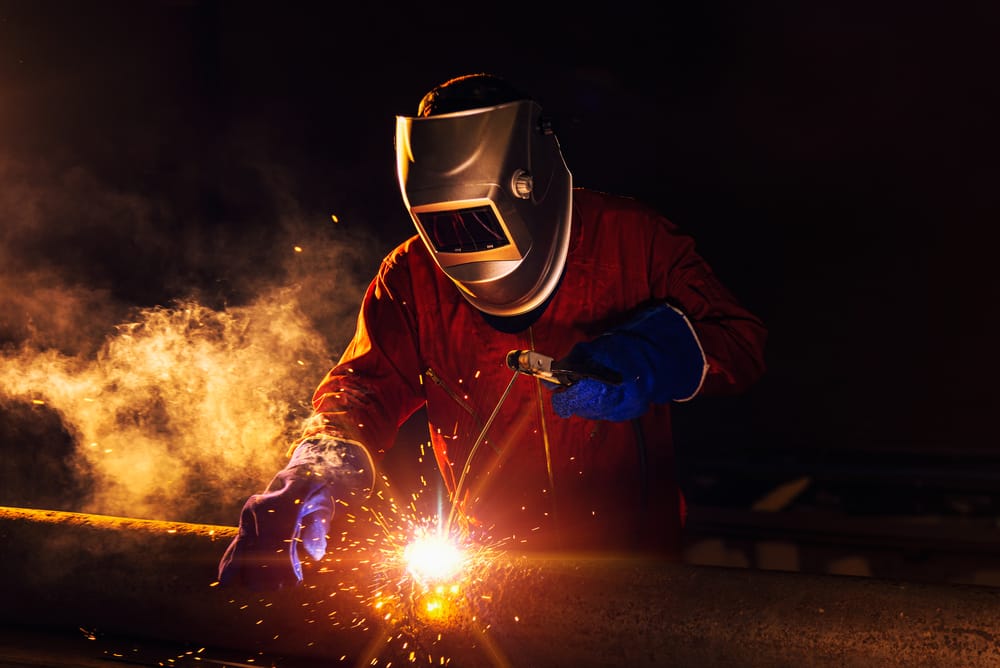
Welding PPE is essential to protect workers from sparks, molten metal, and intense radiation. However, the same layers that prevent burns can trap body heat, creating dangerous heat stress conditions that compromise safety and productivity. Balancing maximum protection with comfort and ventilation is one of the biggest challenges in PPE selection for welding environments.
This detailed guide explains why heat stress is a critical concern, shares real-world incidents, and provides practical, standards-compliant solutions for procurement and EHS teams.
Why Heat Stress Is a Serious Issue
Unlike short-term discomfort, heat stress is a recognized occupational hazard. Welding PPE—especially leather jackets, helmets, and FR garments—creates a sealed microenvironment that traps heat and limits sweat evaporation.
Health Impacts:
- Mild symptoms: Fatigue, heavy sweating, irritability
- Severe risks: Heat exhaustion, heat stroke (potentially fatal)
- Indirect hazards: Reduced focus and impaired judgment increase accident risks
Financial Risks:
OSHA penalties for heat-related illness violations can exceed $15,000 per incident, not counting lost productivity and medical costs.
Case Study 1:
A refinery in Texas reported three heat stroke cases in one summer, each requiring hospitalization. Investigation revealed welders wearing heavy leather jackets in 38°C heat without cooling breaks.Case Study 2:
A European auto manufacturer faced a 20% spike in rework costs during summer because welders removed PPE mid-task to cool off, leaving themselves exposed and producing inconsistent weld quality.
Key Challenges in Welding PPE Design
- Mandatory Coverage: PPE standards like EN ISO 11611 require full body coverage.
- Thick, Heat-Retentive Materials: Leather and multi-layer FR fabrics trap body heat.
- Restricted Airflow: Helmets and hoods prevent natural cooling.
The challenge for procurement: How to maintain compliance without pushing workers into heat-related illness or risky shortcuts.
Practical Solutions to Reduce Heat Stress
1. Select Breathable FR Fabrics for Light-Duty Work
- TIG welding or finishing tasks can use FR cotton or lightweight aramid blends.
- Modern FR fabrics allow heat dissipation without sacrificing compliance.
Real Example:
A Canadian fabrication shop switched TIG welders from full-leather jackets to FR cotton with aramid reinforcement. Worker comfort increased by 40%, and compliance issues dropped to zero.
2. Layering Strategies for Better Heat Control
- Use FR-rated moisture-wicking base layers to manage sweat.
- Avoid non-FR synthetics—they melt when exposed to sparks.
Pro Buyer Tip:
Opt for two-tier systems: lightweight FR inner layers plus ventilated outer shells for adaptability in variable conditions.
3. Cooling Accessories That Actually Work
- Phase-change cooling vests reduce body heat for up to 3 hours.
- Battery-powered helmet fans enhance airflow without compromising safety.
- Cooling towels and hydration packs for quick temperature recovery.
Case Example:
An Asian shipyard introduced helmet fans across 200 welders. Heat-related incident reports dropped by 58% in six months.
4. Work Practice Controls to Support PPE
- Implement scheduled cooling breaks (OSHA recommends every 1–2 hours in >32°C environments).
- Provide hydration stations with electrolyte drinks—not just water.
EHS Insight:
Companies that integrated hydration stations reported a 25% reduction in absenteeism during peak summer months.
Advanced Design Features to Consider
- Hybrid Jackets: Leather only on high-spatter zones (shoulders, sleeves) + FR cotton torso for breathability.
- Ventilation Panels: Mesh underarms that retain FR compliance.
- Stretch Zones: Improve mobility, reducing fatigue during long shifts.
- Lightweight Helmets with Integrated Cooling Systems: Combine arc protection with airflow.
Buyer ROI Insight:
Premium PPE with heat-mitigation features reduces error rates and welding defects, saving up to 15% in rework costs annually.
Compliance Considerations
- FR certification is mandatory even with cooling modifications.
- OSHA requires employers to address heat stress in PPE-heavy roles.
- Cooling devices and base layers must be non-melting and FR-rated.
Pro Warning:
DIY modifications like cutting vents into jackets void EN ISO 11611 compliance and can create catastrophic fire risks.
Buyer FAQs
Q: Are cooling vests worth the cost?
A: Yes. At $150–$250 per unit, they prevent injuries that could cost thousands in medical expenses and downtime.Q: Can I justify premium heat-mitigating PPE to management?
A: Show ROI with productivity metrics, fewer OSHA violations, and reduced heat-related absenteeism.Q: Do helmet fans interfere with welding visibility or safety?
A: No, when designed for industrial use—they improve comfort without reducing helmet integrity.
Procurement Checklist for Heat-Managed Welding PPE
- [ ] Identify processes requiring Class 1 vs. Class 2 protection
- [ ] Specify lightweight or hybrid jackets where appropriate
- [ ] Include cooling gear for high-risk environments
- [ ] Train staff on heat illness recognition and response
- [ ] Maintain compliance documentation for modified PPE systems
Conclusion
Heat stress is as dangerous as sparks or molten metal—and often overlooked. By combining modern FR fabrics, cooling accessories, and proper work practices, companies can keep welders protected and productive without compromising compliance.
Looking for welding PPE engineered for hot environments?
Email: [email protected]
Website: www.workwearsolutions.net
Zion Zhang
Recent Posts
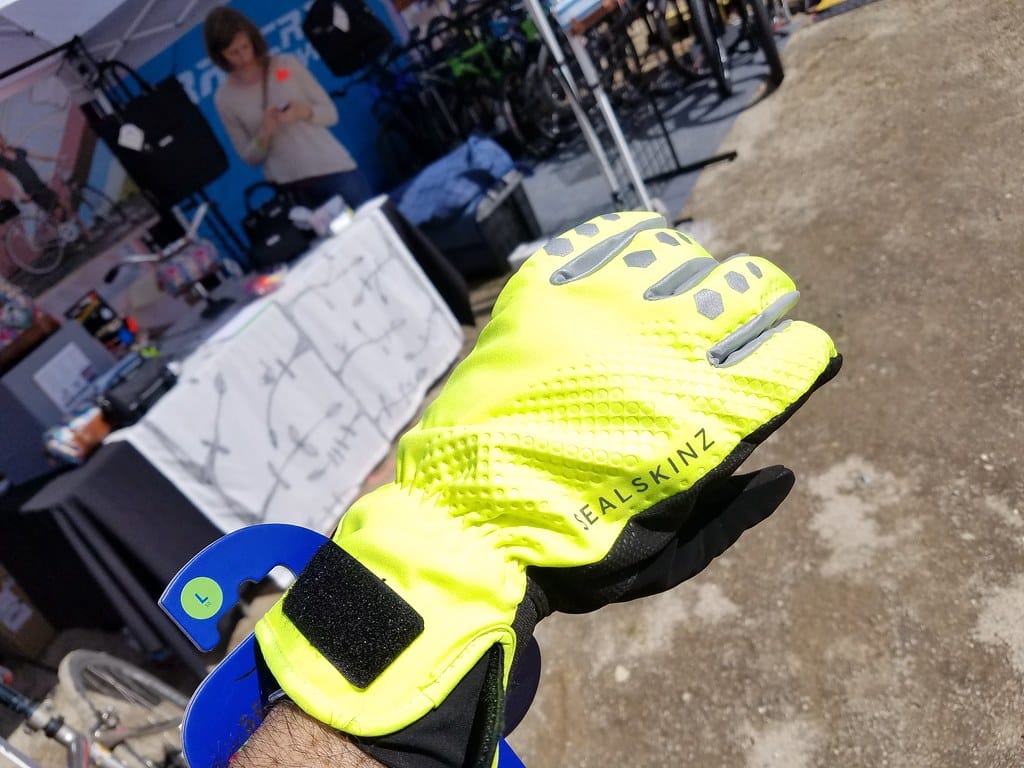 The Nigerian Agent Who Lost $50,000 on Fake Certificates — Then Came Back Stronger2025年10月20日Introduction In the global trade of PPE and industrial […]
The Nigerian Agent Who Lost $50,000 on Fake Certificates — Then Came Back Stronger2025年10月20日Introduction In the global trade of PPE and industrial […]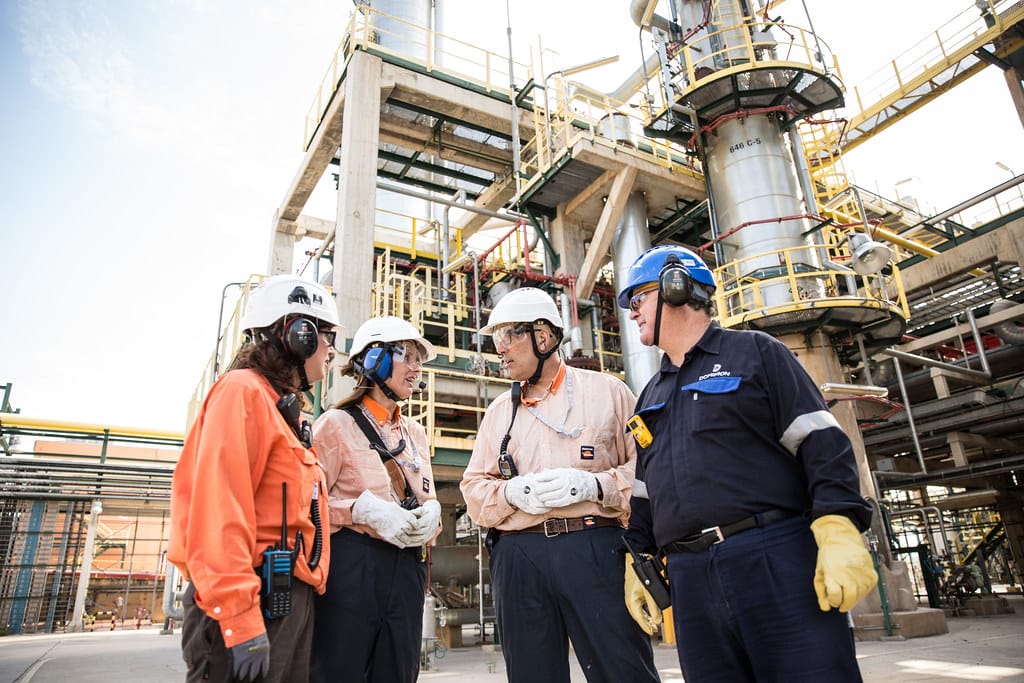 How a Brazilian Trader Used $5,000 to Break into the PPE Market2025年10月20日Introduction In a world where industrial safety and […]
How a Brazilian Trader Used $5,000 to Break into the PPE Market2025年10月20日Introduction In a world where industrial safety and […] From First Order to Market Leader: A Ghana Distributor’s 3-Year Journey2025年10月20日In the fast-growing African PPE and workwear market, small […]
From First Order to Market Leader: A Ghana Distributor’s 3-Year Journey2025年10月20日In the fast-growing African PPE and workwear market, small […]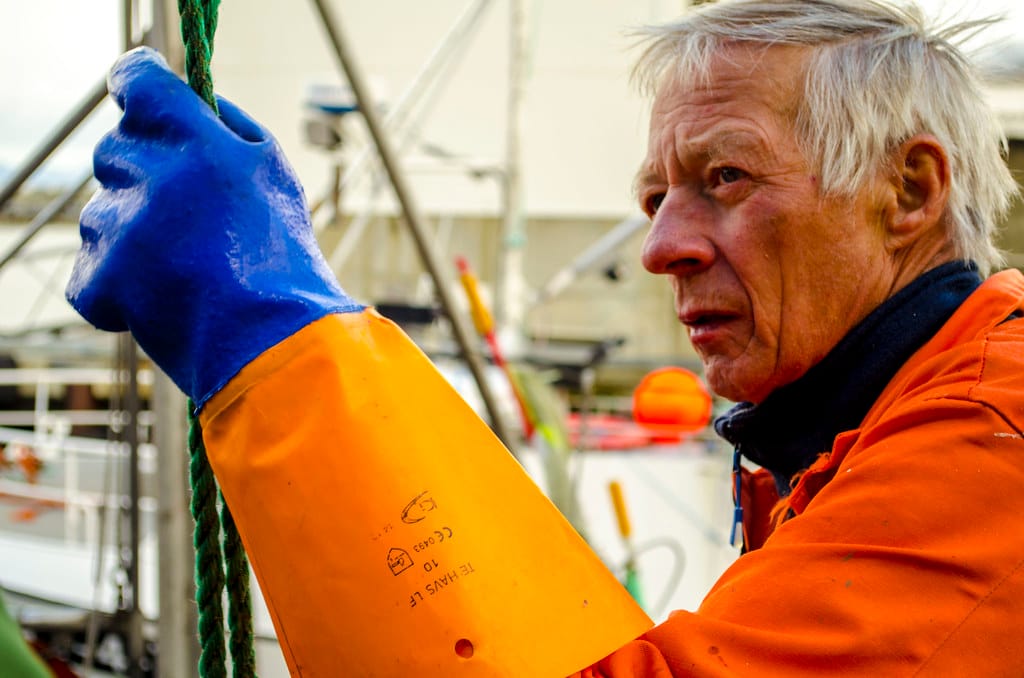 Scaling Your Workwear Brand: From Local Agent to Regional Distributor2025年10月15日In the workwear and PPE industry, many businesses start […]
Scaling Your Workwear Brand: From Local Agent to Regional Distributor2025年10月15日In the workwear and PPE industry, many businesses start […]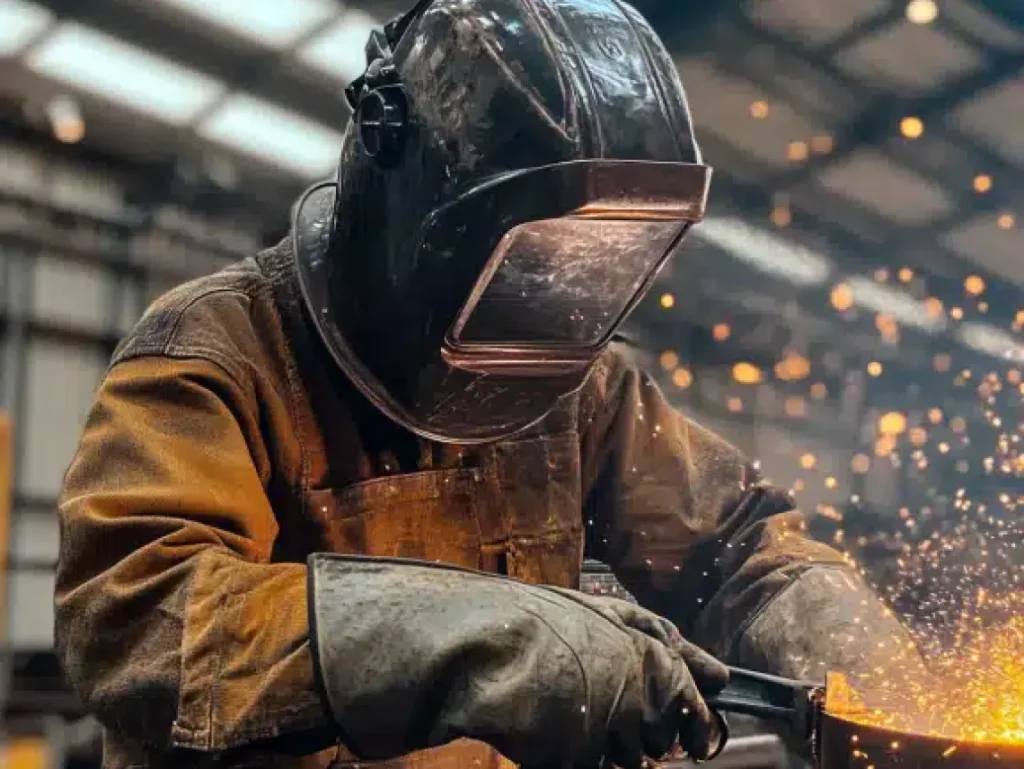 After-Sales Service & Customer Retention in the Workwear Business2025年10月15日In the global workwear and PPE industry, many suppliers […]
After-Sales Service & Customer Retention in the Workwear Business2025年10月15日In the global workwear and PPE industry, many suppliers […] Government & Corporate Contracts: Winning Large PPE & Workwear Deals2025年10月14日Government & Corporate Contracts: Winning Large PPE […]
Government & Corporate Contracts: Winning Large PPE & Workwear Deals2025年10月14日Government & Corporate Contracts: Winning Large PPE […]
CONTACT US
- Feel free to contact us any time. We will get back to you as soon as we can!
- +86-17330061805
